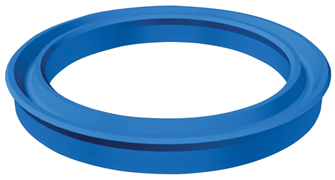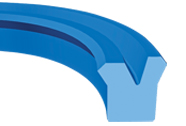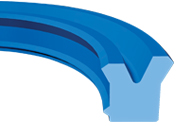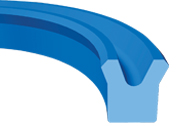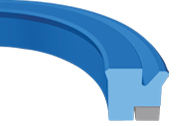Search Loading
| Maison | |
| Contact Us | |
Joints
- Joints Toriques
- Billes Plastique
- Bague Anti-Extrusion
- Joints Tampon
- Joints de Piston et de Tige
- Joints de Piston Simple & Double Effet
- Joints de tête
- Joints D'Huile
- Garniture
- Coupelles de Piston
- Segments de Piston
- Joint T couvert pour Piston et Tige
- Joints T
- Anneaux V
- U-Cups
- Anneaus Usages
- Joints racleur
Pétrolière et Gazière Products
- Cable Métallique et Obturateur Anti-éruption
- Compresseur
- Outils de Forage
- Hydraulique
- MEsure en Cours de Forage
- Pompes
- Soupapes
- Tétes de Puits
- Wireline
Éléments en métal
Eléments en Céramique
Garnitures Mécaniques
Bouchons Protecteurs
- Capuchons et Bouchons
- Protecteurs de Raccord Hydraulique
- Protecteurs de Bride Boulonnée
- Protecteur de Bride-Soupape
- Protecteurs EUE
- Proteceurs de Joins de Tige
- Protecteurs de Tige de Pompage
- Manchon a Maille
Composantes Anti-Vibration
Accessoires
- Adhesifs
- Lubrifiant de Joint Torique
- Outils de Mesure
- Outils D'Installation
- Ruban PTFE
- Ruban Polymide
Joints de Bride
- Joints Raccords Annulaires
- Joints en Spriale
- Ensembles de Joints D'Isolation
de Brides - Joints de Bride de Tuyau
- Joints de collier de serrage sanitaire
- Goujons & écrous
- Mastic de joint
- Verre de mesure Redline
- Protecteurs de boulon
- Garniture Tresseé
- Ruban Graphoil
- Kammprofile
- Produits Supplémentaires
